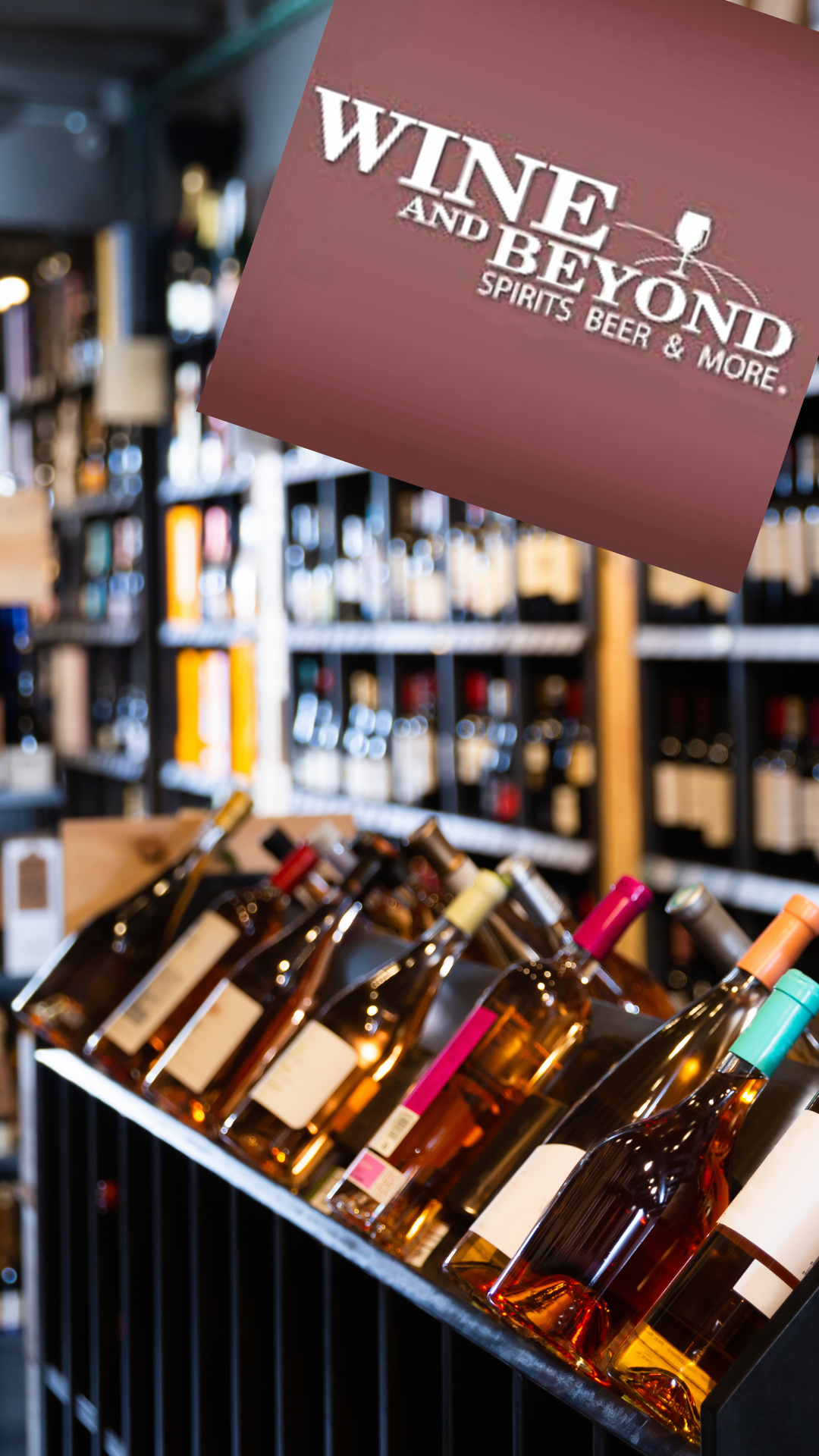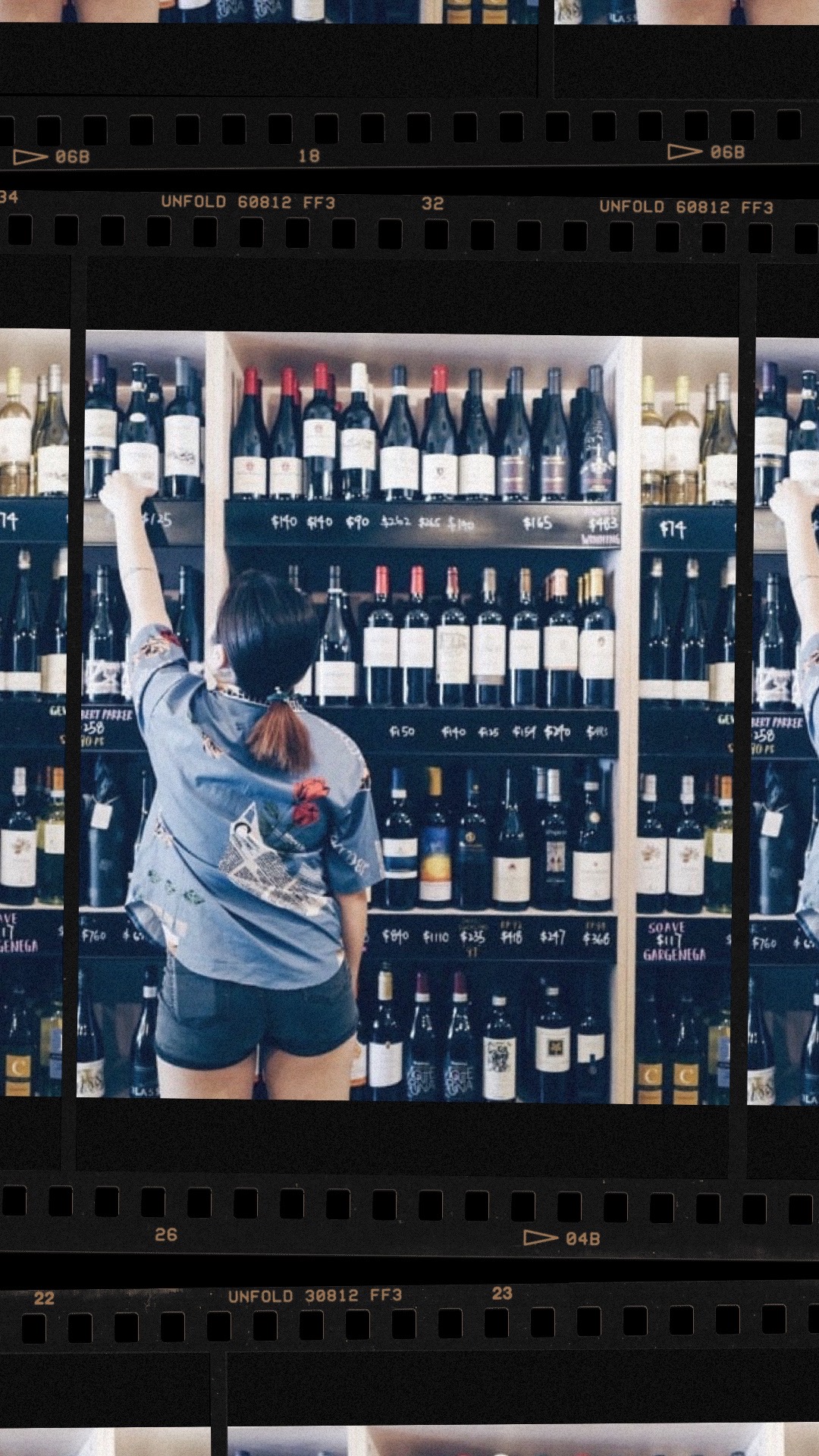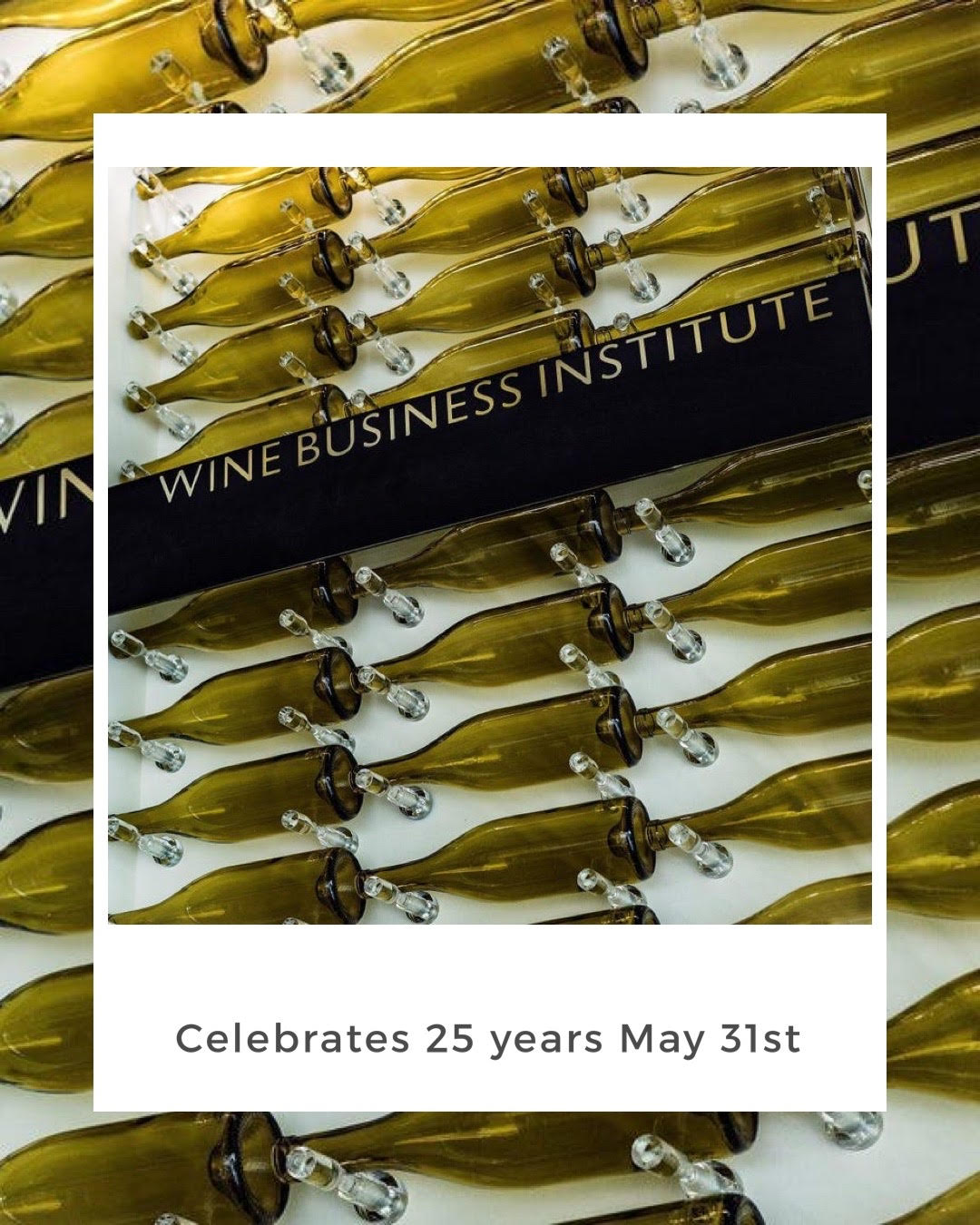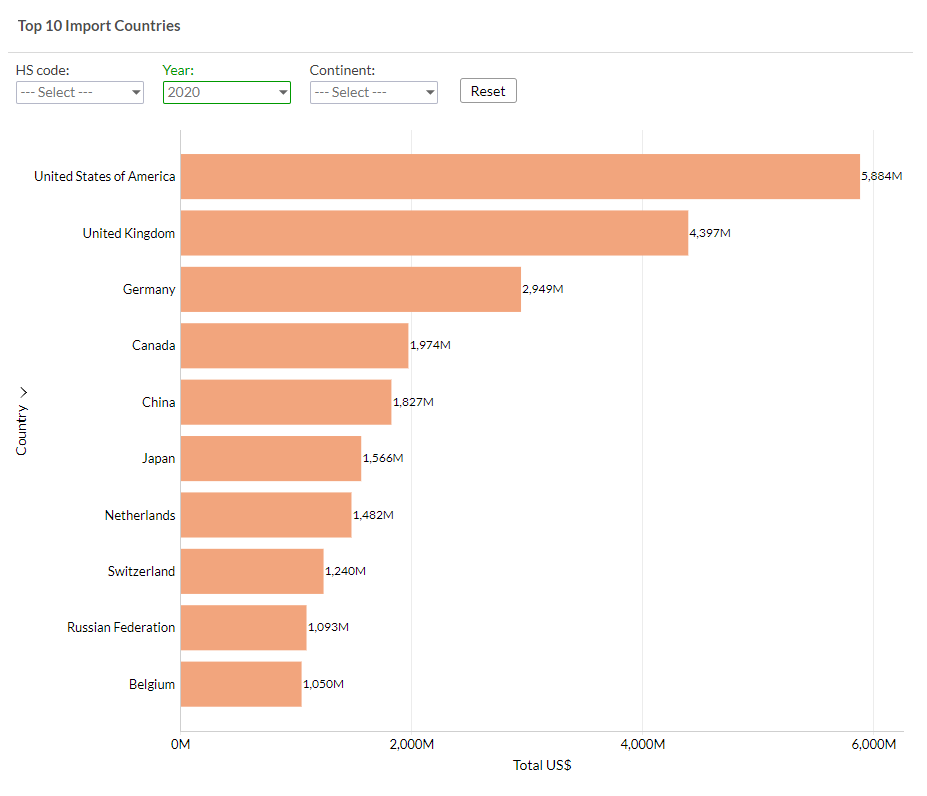SNDL Inc. [Nasdaq: SNDL] announced last week that it has successfully obtained two liquor retail licenses in Regina and Saskatoon, through the Saskatchewan Liquor and Gaming Authority (“SLGA”) auction. The Company will leverage these licenses to expand its premium liquor banner, Wine and Beyond, into the final stage of the liquor retail transition to the private sector in Saskatchewan.
“We are excited to bring our Wine and Beyond banner into Saskatchewan, specifically in the key markets of Regina and Saskatoon,” said Tank Vander, President of Liquor Retail at SNDL. “Due to Saskatchewan’s low distribution of liquor licenses and high liquor sales per capita, SNDL expects stable and accretive growth in the two new stores. We are eager to introduce consumers to the Wine and Beyond brand, as we believe there is demand in the market for a premium liquor retail model.”
The Company’s 12 operating Wine and Beyond locations generated $135 million in revenue on an annualized basis for the three months ended September 30, 2022. This demonstrates the banner’s continued popularity and robust store performance, which SNDL anticipates will extend to the Saskatchewan market. Wine and Beyond’s initial launch in the two largest Saskatchewan cities will help SNDL to evaluate future expansion opportunities in the province.





